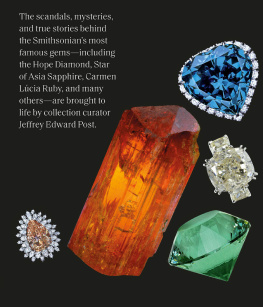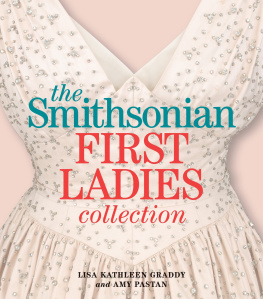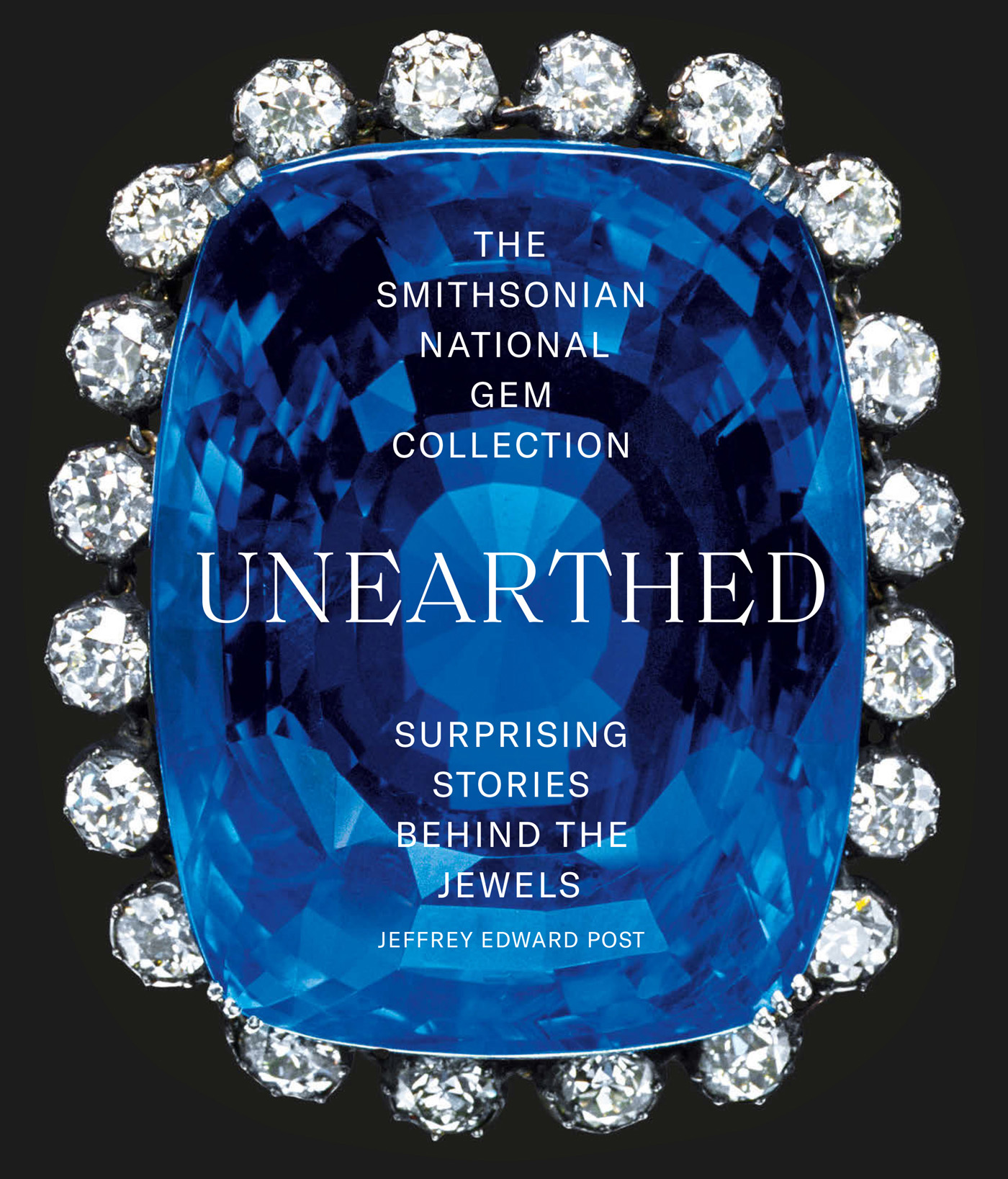
Dom Pedro Aquamarine,
The Story of a Gem
When a mineral crystal is cut and polished into a gem, it is transformed not just in appearance but in perception; a gem assumes a valueand a story. Where did it come from, who owned it, is there a mysterious past, does it carry mystical powers, or perhaps a curse? Gems represent stability; unlike living things, their beauty is undiminished with time. The stone that once adorned a queen or a movie star might now be set in a dinner ring and, if not destroyed, will sparkle as brightly thousands of years from now. To paraphrase a successful marketing slogan: A gem is forever. Gems accumulate history, and in many cases that provenance, the story, contributes as much to the perceived value of a gem as its rarity, size, and beauty. The gem might be a passive observer in its history, or help make it. Every good jeweler knows that it is the romantic story that helps to sell the stone, even if sometimes one must be made up.
But what makes gems valuable? A mineralogist might emphasize the rarity of gem-quality crystals in the earth or wax on about the perfection of their atomic structures; a gemologist can expertly describe their clarity, color, and the quality of the cut. And, no doubt, they appear more special when mounted into exquisite settings that enhance their brilliance and beauty. Like a magnificent work of art, a gem can be valued simply because it gives us pleasure. But the fact is, gems have little intrinsic value: We cannot eat them, they do not cure illnesses, and most do not make particularly good weapons. We can get along just fine without them. The real worth of gems are the values that we and our ancestors have agreed to assign them. Throughout human history, people have used stones for adornment and currency. We have long been fascinated by certain colorful and sparkly stones; they are historys preeminent symbols of wealth and power, and even now suggest a certain social status. Gems are an important form of portable wealth; some have perhaps the highest value per volume of any material known. Gems are easily hidden and transported, and because their values are universally recognized, they can be readily converted to cash anywhere in the world. And they are perhaps the only investments that can be enjoyed in jewelry and convey a certain status to the wearer.
Of all the objects in the National Museum of Natural History, gems perhaps best, and uniquely, provide an intersection of natural science, human history and culture, romance, the skill and creativity of artists and craftspeople, the allure of immense value, and the awe of stunning beauty. It is no wonder, then, that the gem and mineral galleries are among the most popular of all Smithsonian exhibitions, appealing to all genders and ages. But of course, we are mere latecomers to a gems story; every gemstone was cut from an exceptional mineral crystal that grew in the earth millions or even billions of years ago. In many ways, the real miracle behind every gem is that the crystal survived eons of geological forces before it was mined and faceted, and that alone makes each one special.
One of the worlds greatest collection of gems is in the Smithsonian National Museum of Natural History. It includes iconic stones such as the Hope Diamond, Star of Asia Sapphire, Bismarck Sapphire, Hooker Emerald, and Blue Heart Diamond. It is a collection not only of rare and beautiful jewels, but also of the stories of the people who once owned or were associated with themroyalty, movie stars, the rich and famous, and ordinary folks. Did you know that New York adman Rosser Reeves donated his great star ruby because he couldnt resist the alliteration Rosser Reeves Ruby, or that Polly Logan gave her huge sapphire in part because it reminded her of her unfaithful previous husband? The Napoleon Diamond Necklace was sold by swindlers, resulting in an Austrian archduke being tried for the crime in New York City, and the Countess Mona von Bismarck, who gave the spectacular Burmese sapphire necklace, was the daughter of a Kentucky horse trainer. This book is about the great gems and jewelry pieces in the Smithsonian National Gem Collection, but mostly it is about their storieswho are the people who owned them, who donated them, and why? The stories are forever bonded with the stones, an inseparable intertwining of peoples lives and earths rarest treasures. Gems are portals that offer fascinating glimpses into the lives of the famous and powerful, and of those who were neither. For some people who happened into an association with a great jewel, it is perhaps only because of that gem that their story will be rememberedimmortalized in stone. We currently share a moment with these gems; we can research and document their pasts, but only speculate about their futures. Their stories are ongoing, and perhaps only beginning.

Smithsonian diamonds!











